Tech Weds Safety and Productivity in Tough Times

STORY INLINE POST
Q: Which projects and areas is Yokogawa most interested in pursuing in Mexico?
A: Our oil and gas presence in Mexico is notable in a number of sectors, such as the chemical, petrochemical and refining industries. However, we also manage a significant presence in the upstream segment, for both offshore and onshore projects. In the current market and industry context, petrochemical is our most active, and resilient, segment. We are also actively pursuing projects for storage terminals, which is a busy market. In upstream, the projects we are looking to participate in tend to involve new private operators. For many of them, this is their first project in Mexico and they are evaluating business opportunities with local players. They might be familiar with us on an international level but they still want to become acquainted with our capacities in Mexico to gauge the degree of participation that we can have in their projects.
Q: Which of your technological applications are attracting the most attention from potential clients?
A: Yokogawa is well-known for our equipment’s reliability. In the oil and gas segment, this means that one of our most consistent areas is industrial safety, specifically fire and gas detection systems of critical importance that can halt operations when emergency conditions are detected. We have seen continuous progress in this segment internationally. Our equipment is designed and adapted to work under the most extreme of circumstances and the most critical of applications. The equipment is offered as part of a platform for distributed control, safety and security that is easy to integrate into a comprehensive system. It can also be inserted into systems and used as part of platforms that are offered and installed by other companies. These systems can support a number of our other applications. For example, we offer a range of solutions focused on addressing issues of productivity for our oil and gas clients.
Q: How is Yokogawa’s proposition aligned with the petrochemical sector´s safety needs?
A: Like other multinational companies of Japanese origin, our accident statistics are some of the world’s lowest. Our corporate culture is very much influenced by this approach, with no expenses spared when it comes to safety and security. We apply this prioritization to all of our Mexico operations. I dare say that none of our systems installed in Mexico has ever been involved in any major accidents. PEMEX has the statistics that prove this when it comes to the use of our systems, not only in petrochemical facilities but in their refineries as well. Our systems and equipment not only register the least number of accidents but also require the least amount of maintenance and repair, which is hugely important for PEMEX given its budgetary constraints. Again, this also applies to the impact our systems have on productivity.
Q: How does Yokogawa resolve the need to prioritize safety versus prioritizing productivity?
A: Our productivity applications usually have to do with software. To install these applications, you need a robust, comprehensive and rock-solid control system in place that can not only manage safety issues, but also assist in controlling issues related to logistics and efficiency or even intervene in the optimization of supply chains or quality control. Once you can have that, productivity solutions and applications are the next natural and possible step. In other words, you have to think of it as a continuum or progression: safety and productivity are not at odds with each other, but are instead different stages of development. Once you have nailed down and mastered safety, you can move forward to productivity. At that point, it just becomes about increasing the number of variables that your system is managing and defining and teaching it to use those variables in more ways, which the software applications can help the system accomplish. For example, if the system can register the amount of energy being consumed and the cost that represents for simple monitoring purposes, then you can teach the system to use those variables to make your plant more efficient. Obviously, once you reach this level, the degree to which the client is interested and willing to spend money depends on their appetite for innovation and experimentation. We are definitely perceiving an industry trend toward these kinds of investments. These applications have provided tremendous results. That goes a long way toward motivating operators to invest in new sensors if it means they can obtain those results as well.
Q: How do your systems help keep operations safe and productive when personnel access is so limited?
A: One of the solutions in our portfolio that has become more relevant is remote monitoring. Before the health and safety crisis began, we had seen some degree of interest from clients in these technologies given their high degree of specialization but a broader market for them just did not exist yet. These remote monitoring applications allow you to not just monitor the standard variables, but also all of the activity in your control and safety systems. This enables early detection of issues and, consequently, error prevention. We have installed these applications in a number of systems around the world, with perhaps one of the most relevant to the oil and gas industry being the North Sea.
Many clients are inquiring about these applications. They want to know how, through remote monitoring, they can run essential diagnostics on their operations without additional personnel having to access the facilities. This represents a pretty drastic change in our clients’ mindsets. Thankfully, it concerns a technology that we already possess.
Fear and uncertainty regarding remote operations have now turned into high demand given not only limited personnel access, but also travel limitations, since many of these consultations involve foreign technicians traveling to Mexico from the US, Europe or Asia. Many technicians also travel extensively to other regions of the world as part of their jobs, which becomes a nightmare when contact-tracing best practices are implemented. This growth in demand will occur in all industries, not just in oil and gas. This paradigm shift also means that equipment inspection and maintenance will now happen through generated data, which can be inputted into an integrated database system, meaning flaws detected in one country can be prevented in similar equipment installed in other parts of the world. This creates an efficient use of feedback data, further reducing the need for personnel visits.
Q: How has the company expanded the presence of its Main Automation Contractor methodology in the Mexican oil and gas industry?
A: PEMEX is applying this methodology to the construction of the new refinery in Dos Bocas. It is similarly applied in all Mexican oil and gas greenfield projects of a certain size. It is an industry trend that has arrived in Mexico to stay. Part of the reason is because applying this methodology makes it easier to engineer the best connectivity into your facilities from the ground up. Once appropriate connectivity infrastructure is established in your worksite, applying currently popular optimization technologies, such as digital twins hosted on the cloud, becomes much easier. The methodology also allows you to maintain the continuity of operations in your plant in the event of emergencies.
Q: What are your most important targets toward the end of the year?
A: We are sensing a trend toward more investment in connectivity at the moment, but less investment in additional applications such as productivity enhancers. This is because the low oil price environment is making companies fearful of additional expenses to what is strictly necessary. Once the industry exits that environment, we expect to see an increase in those investments in additional applications. With this in mind, we are mostly focused on continuing to pursue projects with private operators that had already defined their budgets last year. At the same time, PEMEX, CFE and the Mexican federal government have announced that extensive additional public spending will play a large role in the country’s economic recovery, so we are looking forward to taking advantage of that through both brownfield maintenance projects and greenfield growth projects for these parastatals. We are also working on the reconstitution of Yokogawa Mexico. We are restructuring ourselves through support from our global headquarters to expand our capacity to serve the Mexican market. We are betting that Yokogawa Mexico will become a much larger part of the company’s global portfolio despite the pandemic.
Yokogawa is a multi-industry provider of solutions in the areas of measuring, monitoring and control systems, along with applications in safety, security, maintenance, automation, IoT and digital transformation.
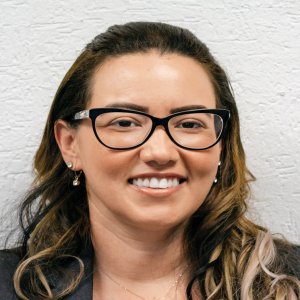
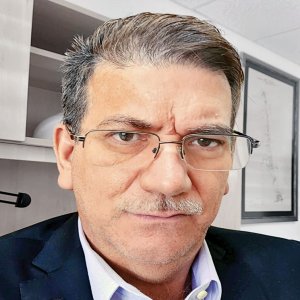
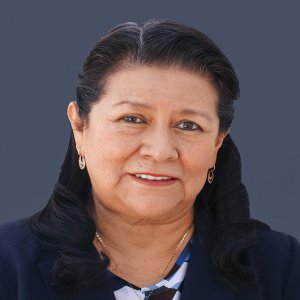
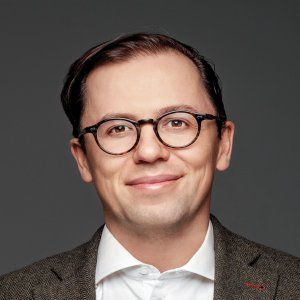

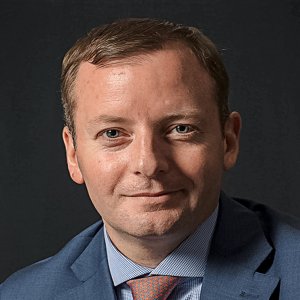
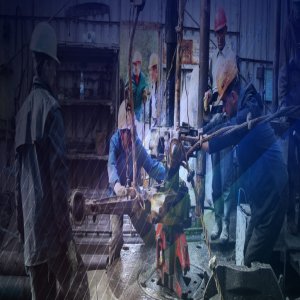

 By Pedro Alcalá | Senior Journalist & Industry Analyst -
Fri, 12/18/2020 - 10:45
By Pedro Alcalá | Senior Journalist & Industry Analyst -
Fri, 12/18/2020 - 10:45








